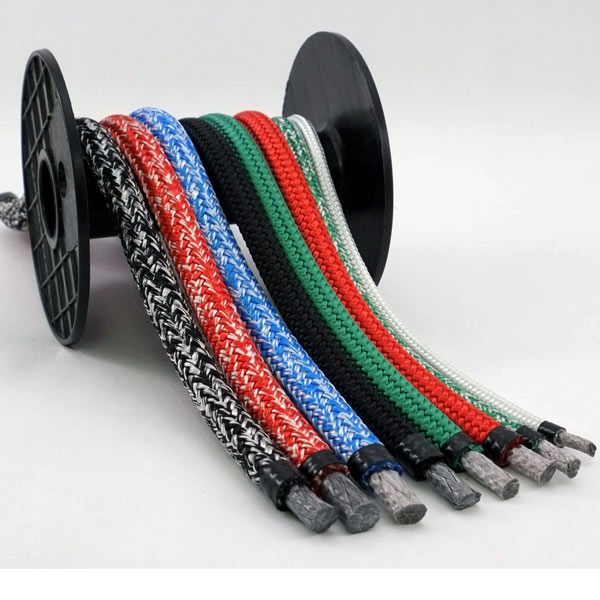
Identify the different fibres :
How to recognise the different fibres at a glance?
-
 ⌀ de 5 à 16 mmRope for frequent use (cruising, regatta…) low elongation | Dyneema®2,22 € – 22,16 € TTC
⌀ de 5 à 16 mmRope for frequent use (cruising, regatta…) low elongation | Dyneema®2,22 € – 22,16 € TTC -
 ⌀ de 2 à 10 mmRope with low elongation (runners, shrouds, strops…) | 100% Dyneema®0,82 € – 20,60 € TTC
⌀ de 2 à 10 mmRope with low elongation (runners, shrouds, strops…) | 100% Dyneema®0,82 € – 20,60 € TTC -
 Ino-Rope storm lighter6,50 € TTC
Ino-Rope storm lighter6,50 € TTC -
 ⌀ de 6 à 14 mmAll-rounder rope, polyester core and polyester cover1,20 € – 8,96 € TTC
⌀ de 6 à 14 mmAll-rounder rope, polyester core and polyester cover1,20 € – 8,96 € TTC











